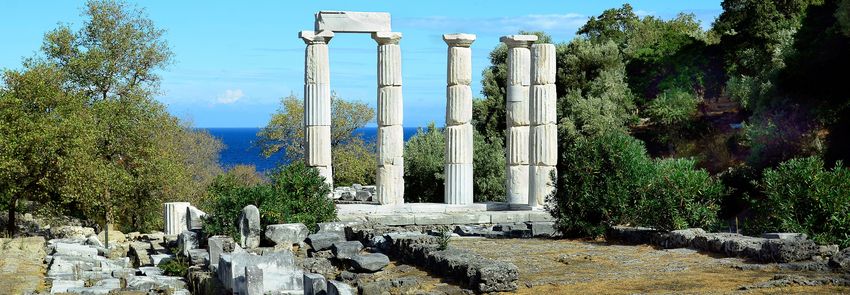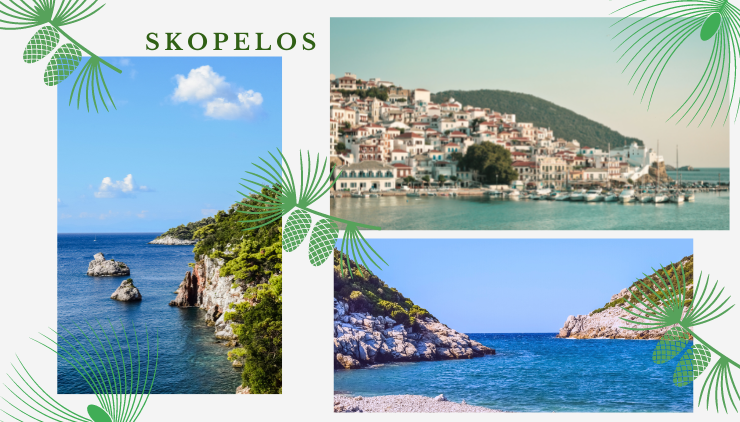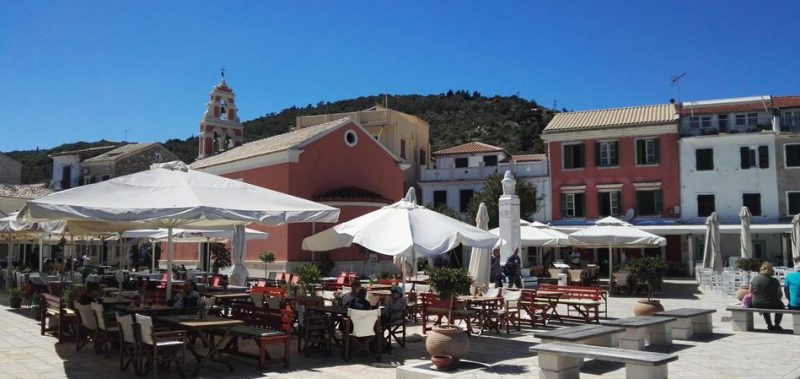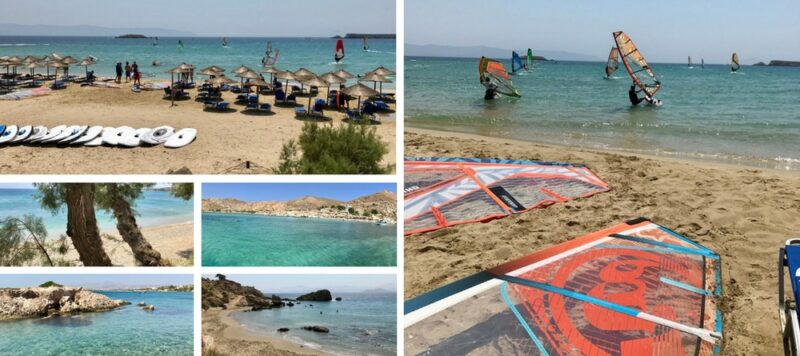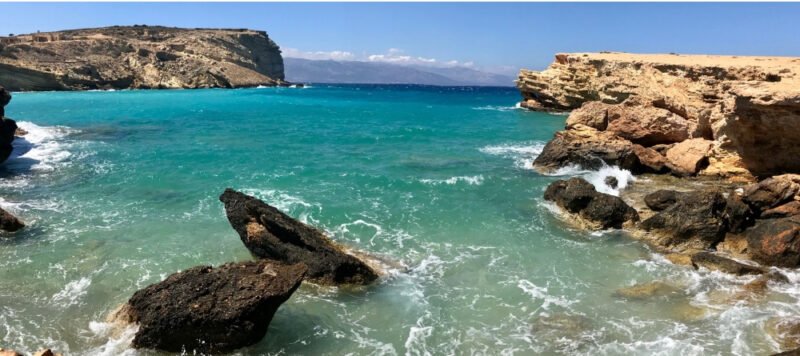The Sanctuary of the Great Gods (or Palaiopoli archaeological site) is located on the north coast of the island of Samothrace (Samothraki), west of the ancient city.
In ancient Greece, the sanctuary of the Great Gods, known for its initiatory mysteries, was one of the most important religious centers in Greece.
This sacred site once attracted pilgrims from all over the Greek world to take part in mystical and initiatory rituals.
Today, the island is best known for the famous statue of Victoryfound on the archaeological site.
The sanctuary of Samothrace is located in northern Greece.
It is dedicated to the mysterious divinities known as the Great Gods.
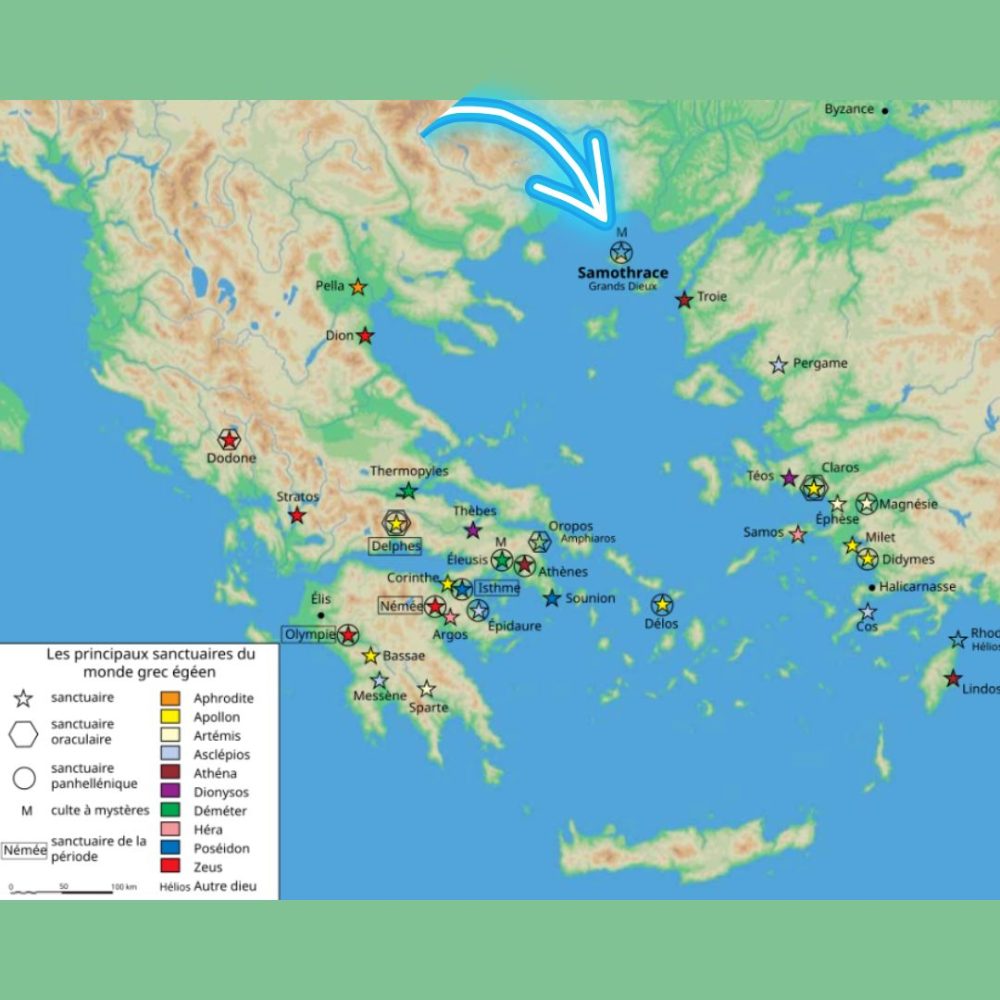
History and role of the sanctuary
The sanctuary of Samothrace flourished from the 7th century BC to Roman times. It is most famous for its mysteries, secret rites reserved for initiates who promised protection at sea and divine blessing. Unlike other Greek cults, the Samothracian mysteries were open to all, regardless of social status or origin, making it a spiritual center of great significance.
The Samothracian mysteries were shrouded in secrecy, and little precise information has come down to us.
We do know, however, that they included purifications, sacrifices and initiations that promised participants better fortune, divine protection and a more blessed afterlife.
The layout of the Samothrace sanctuary may seem confusing at first, given the site’s unique topography.
And the remains not always very representative of their roles in Ancient Greece.
So we’re here to help you make sense of it all.
The main monuments on the archaeological site of Samothrace are as follows:
The Temenos (number 14 on the map)
This Temenos is the oldest building in the sanctuary. It is a sacred area surrounded by walls, where initiates gathered. Built of marble, it occupied a central place in the cult of the Great Gods. Its four sides were decorated with a frieze depicting dancing girls, adding an artistic dimension to its religious function. Dating from around 340 BC, it remains an important testimony to the architecture and religious practices of the period.
The Temple (number 13 on the map)
After the Temenos, the Temple is the most important building on the site.
It was here that the second-degree initiation into the Mysteries, known as the “Epoptia”, took place.
Indeed, this building played a crucial role in Samothrace’s mystical ceremonies and sacred rites.
- Acropolis
- Theater
- Stadium
- Bouleuteron
- Milésienne building
- Neôrion
- Banquet hall
- Gantry
- Victory of Samothrace
- Theater
- High altar
- Offering display building
- Hieron
- Téménos
- Arsinoeion
- Anaktoron
- ?
- ?
- ?
- Ptolemaion
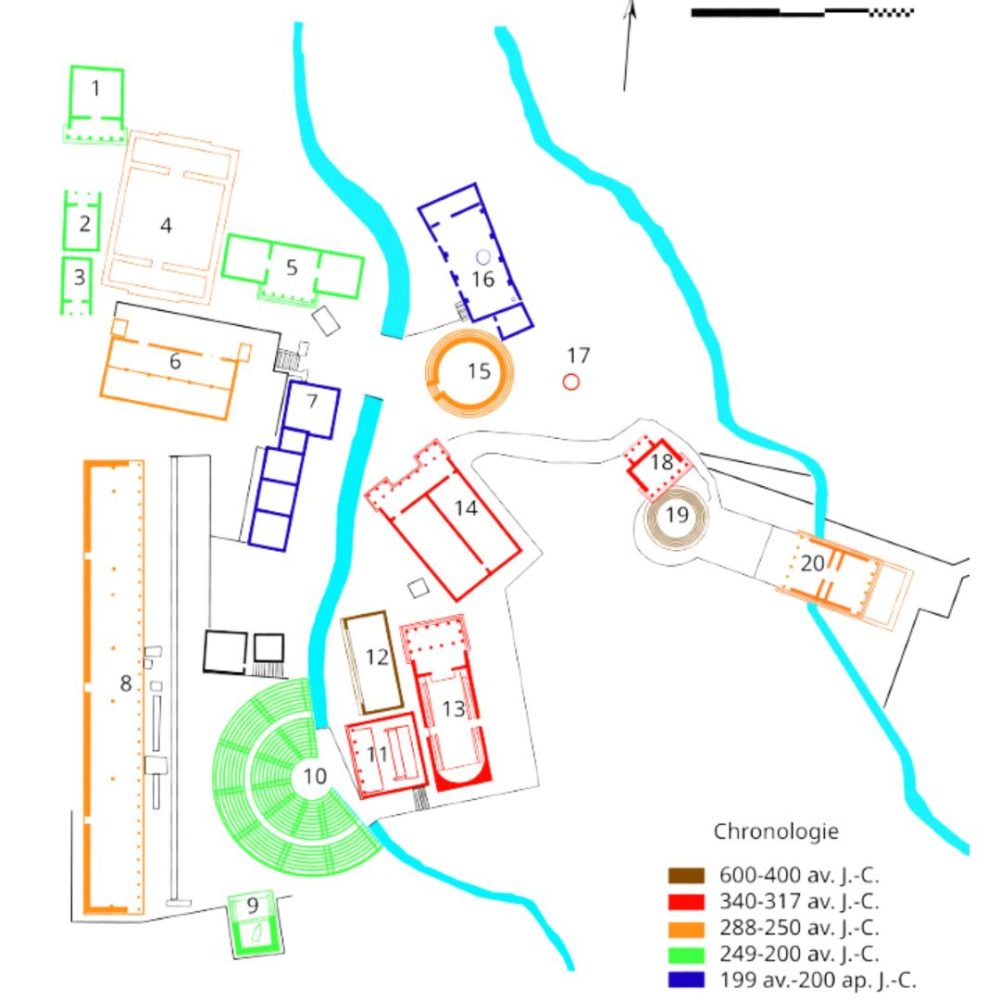
The circular colonnade, tholos of Arsinoe (number 15 on the plan)
The Tholos of Arsinoe is the largest enclosed circular building in ancient Greek architecture.
It was dedicated to the Great Gods by Queen Arsinoe, wife of Lysimachus.
Built between 288 and 281 BC, this impressive structure illustrates the devotion and power of the royal patrons of the time.
The entrance, propylon of Ptolemy II (number 20 on the plan)
Erected by Ptolemy II (son of Ptolemy Iᵉʳ, Alexander the Great’s Macedonian general) in homage to the Great Gods.
This monumental portal served as a prestigious entrance to the sanctuary, symbolizing the power and generosity of King Ptolemy.
The Portico (number 8 on the map)
Built on the western hillside, the Portico provided shelter for visitors to the sanctuary.
Dating from the first half of the 3rd century BC, it offered shelter from the elements.
It also added a practical and social dimension to the experience of pilgrims and initiates.
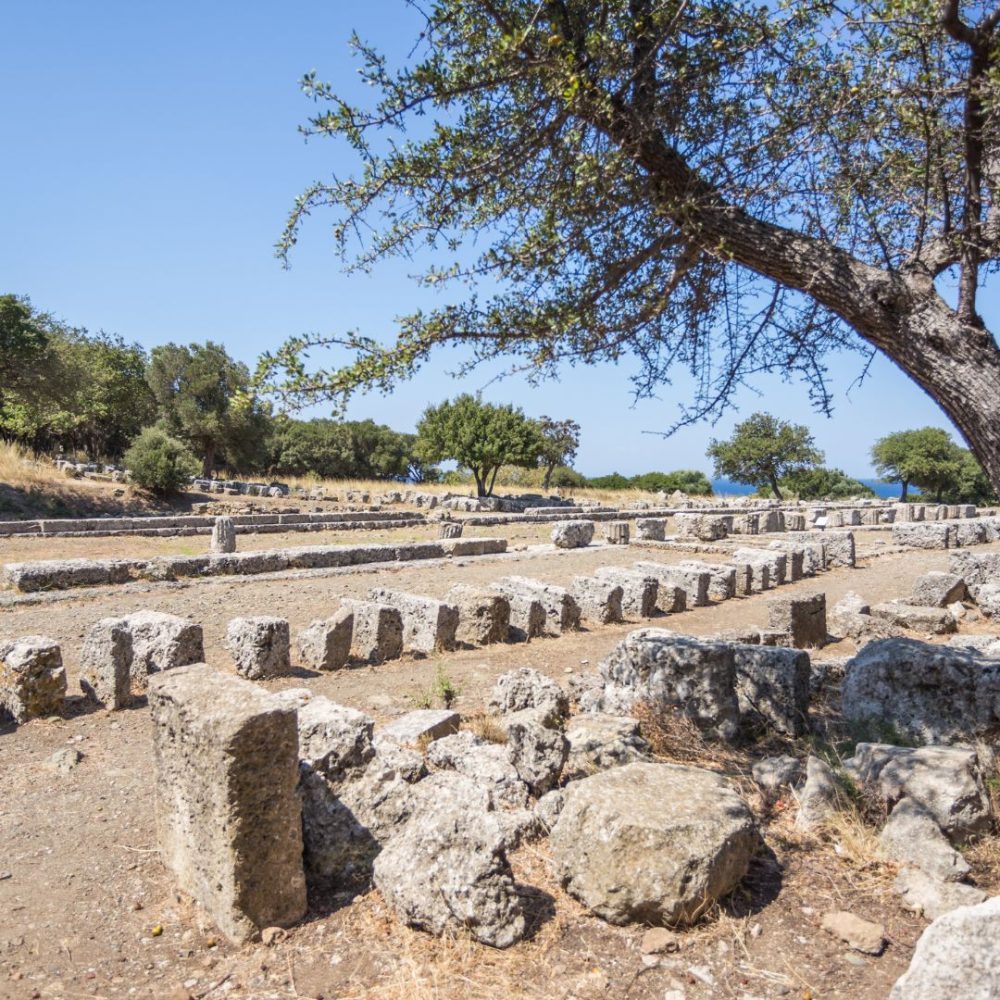
The Sacred Circle (number 19 on the map)
The Sacred Circle is a circular space with five tiers, intended for standing spectators who followed or participated in religious acts.
Dating from the late 5th or early 4th century BC, it was a center of community and ceremonial activity.
The Victory Monument (number 9 on the map)
This rectangular monument, open to the north, was dedicated to the famous statue of the Victory of Samothrace.
Dating from the early 2nd century BC.
This emblematic statue originally stood on the prow of a boat.
Today, it is on display in the Louvre, attracting visitors from all over the world.
The Archaeological Museum of Samothrace
Built in 1955 by architect Stuart Shaw of New York’s Metropolitan Museum of Art, the Samothrace Museum houses a rich collection of artifacts and architectural fragments.
For a better understanding of the site, we recommend you visit the small archaeological museum first.
It is divided into four main rooms:
- Room 1: Featuring reconstructed fragments of the buildings of the Sanctuary of the Great Gods, Arsinoe’s Tholos, the Hall of Ex-voto and the Anaktoron.
- Room 2: Architectural fragments and coins from the Sanctuary.
As well as a fragment of the frieze with dancers, capitals and a fragment of a solar clock. - Room 3: Contains a statue of Victory from one of the Sanctuary’s acroteria.
Ceramics from the 2nd millennium BC, bronze objects.
As well as finds from the Roman and Byzantine periods and inscriptions. - Room 4: Presents a plaster copy of the Winged Victory statue from the Louvre, as well as red-figure and black-figure vases.
Also on display are sarcophagi, tomb furnishings, idols, a Panathenaic amphora, jewelry and coins.
In addition, the museum’s inner courtyard contains inscriptions, further enriching the visitor experience by offering a comprehensive insight into the history and culture of Samothrace.
Practical information for visiting the Sanctuary
Here’s some practical information on visiting the sanctuary of the Great Gods on the island of Samothrace (Samothraki).
How do I get there?
The Sanctuary of the Great Gods is located on the north coast of the island of Samothrace, in the village of Paleopoli.
In fact, the easiest way to get there is by car.
The site is then 10 mins east of the port of Kamariotissa. Exact Google Maps point.
Opening hours
The Samothrace sanctuary is open from 8.30 a.m. to 3.30 p.m., from spring to autumn.
Closed on March 25.
Not specified on the Ministry of Culture and Sports website, but the site certainly closes like all other sites in Greece also on January 1, May 1, Easter Sunday, and December 25 and 26.
Admission fees
Admission to the site costs €3.
On March 6, April 18, May 18, the last weekend of September for the European Heritage Days, and also on October 28, admission is free
Céline P.
